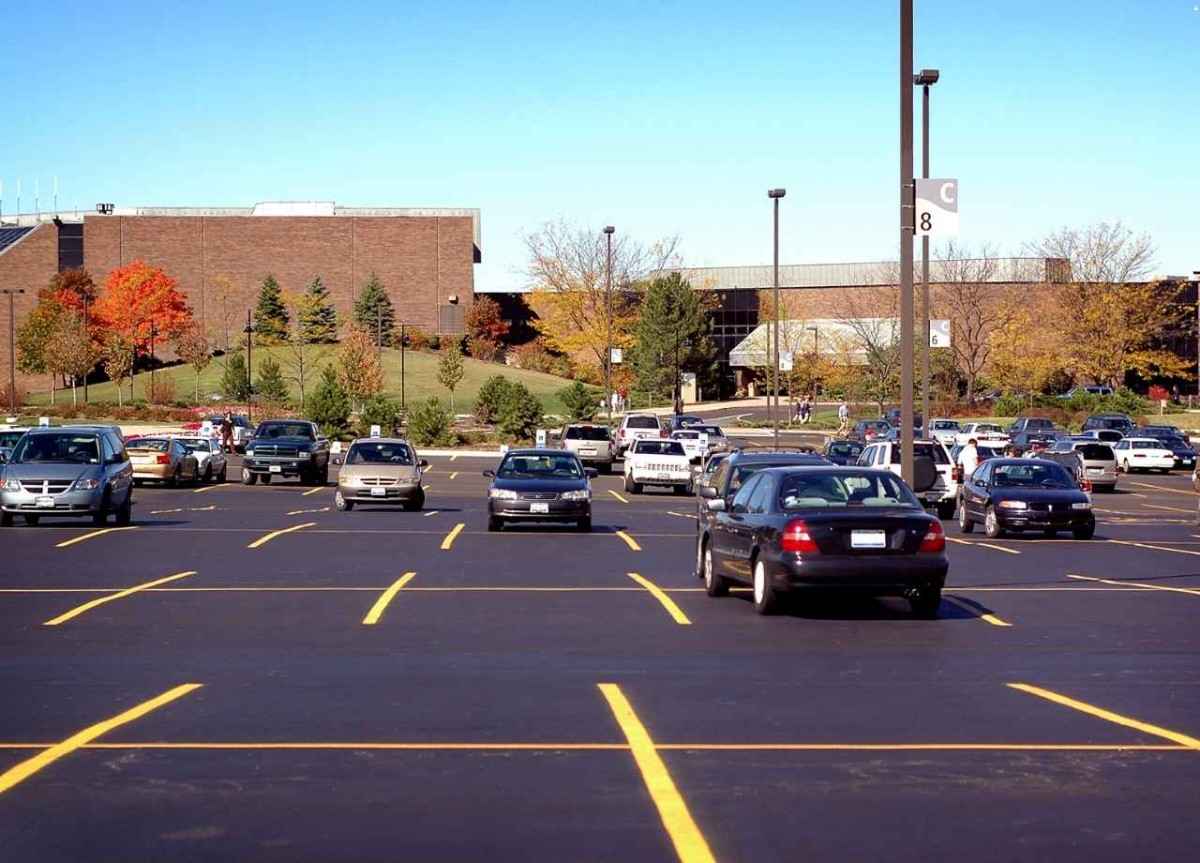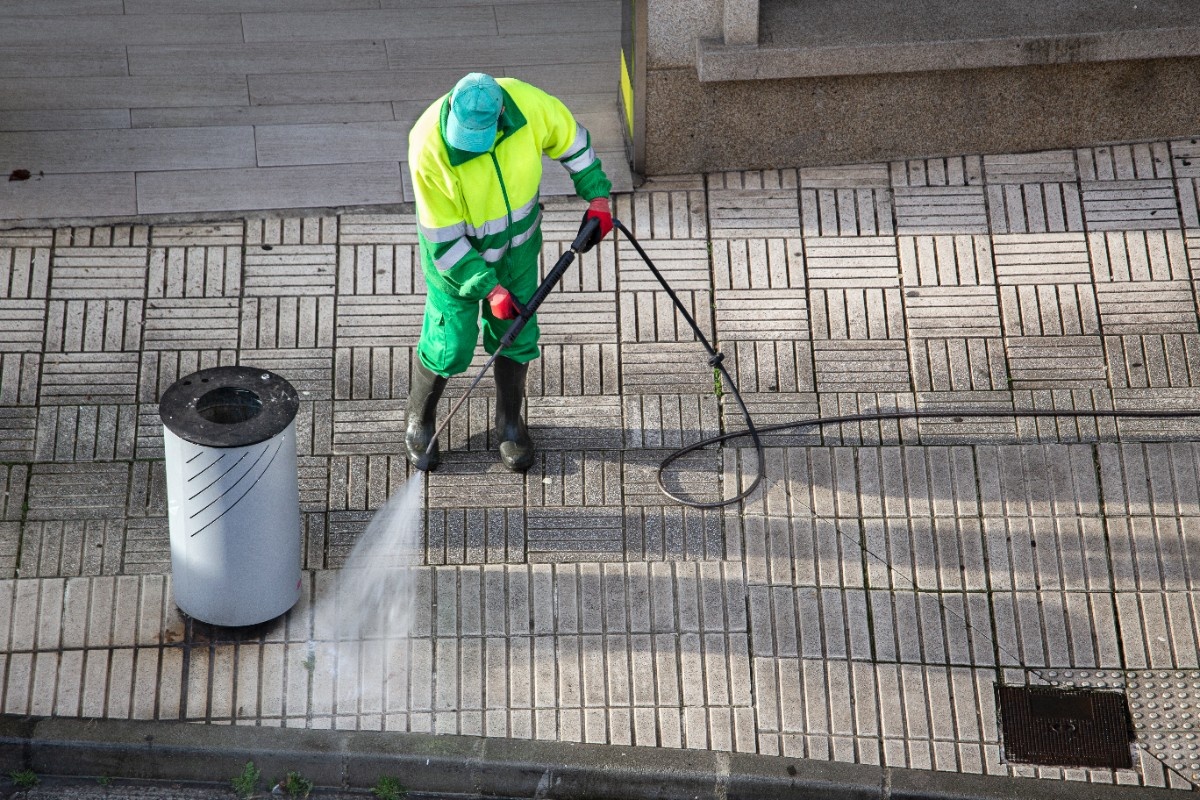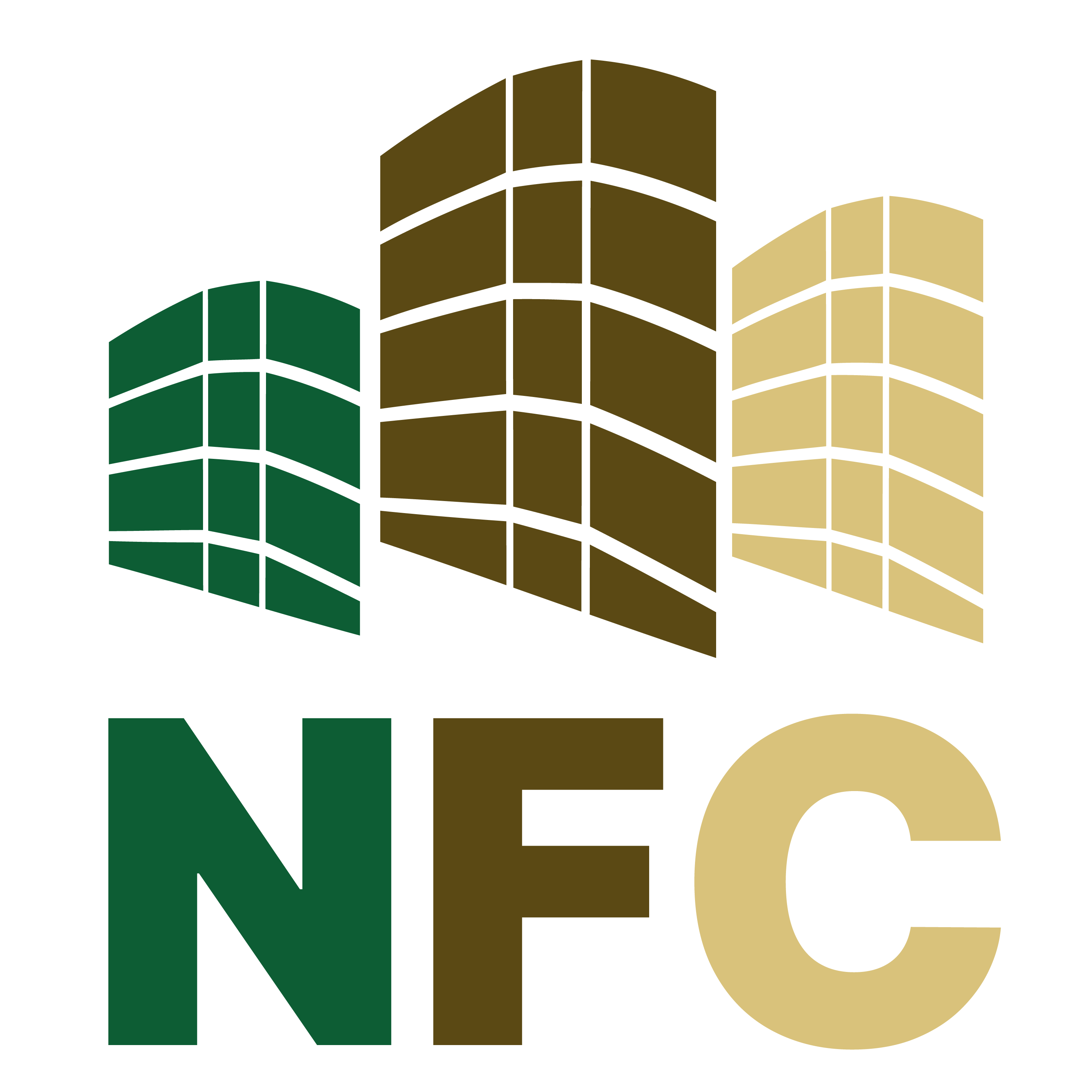How Landscapers Help Facility Managers Save Time & Money
Did you know that poorly managed landscaping can increase maintenance costs by up to 30%? For facility managers juggling budgets and operations, outsourcing landscaping isn’t just about aesthetics—it is a strategic move to cut costs, improve efficiency, and prevent expensive repairs.
Outdoor spaces are essential for commercial properties, office complexes, and multi-family housing units, yet they can become a resource drain if not properly managed. Professional landscapers provide cost-effective, proactive solutions that reduce maintenance expenses, improve curb appeal, and help facility managers focus on core responsibilities.
Lowering Maintenance Costs Through Smart Design
A poorly planned landscape requires frequent upkeep, driving up costs for labor, irrigation, and repairs. Thoughtful planning eliminates many of these recurring expenses.
- Selecting low-maintenance plants suited to the local climate reduces the need for constant watering, pruning, and pest control.
- Hardscape elements, such as stone pathways or mulch beds, prevent soil erosion, reduce weed growth, and lower overall water consumption.
- Grass alternatives, such as clover or xeriscaping, significantly cut down on mowing and irrigation demands.
Equipment costs are another overlooked factor. Many facilities either invest heavily in lawnmowers, trimmers, and irrigation systems or deal with expensive rentals and repairs. A professional landscaping team arrives with specialized tools, eliminating the need for in-house equipment purchases and maintenance.
Eliminating Hidden Expenses with Proactive Upkeep
Unchecked outdoor areas create financial risks.
- Overgrown trees pose hazards to buildings, parked vehicles, and pedestrians.
- Aggressive root systems crack sidewalks and damage underground utilities.
- Clogged drainage areas cause flooding, leading to costly repairs.
- Poorly managed grass attracts rodents, increasing pest control expenses.
A reliable landscaping team prevents these issues before they escalate.
- Regular tree trimming stops branches from interfering with power lines or causing storm damage.
- Pest management strategies keep lawns and planting areas free from infestations.
- Proper irrigation adjustments prevent excessive moisture that can weaken building foundations.
Many facility managers only recognize landscaping issues when they become urgent and expensive, but a proactive approach ensures small problems do not turn into major costs.
Boosting Curb Appeal Without Unnecessary Spending
A well-maintained exterior creates a lasting impression.
- Poorly maintained landscaping sends the wrong message to tenants, employees, and visitors.
- Instead of high-maintenance flower beds, professional landscapers introduce seasonal plants that require fewer replacements.
- Strategic plant groupings ensure greenery remains attractive year-round.
Many facility managers try to improve curb appeal through scattered updates, leading to inconsistent results. A professional approach ensures every upgrade contributes to long-term savings and sustainability.
Simplifying Facility Operations with Scheduled Maintenance
Landscaping requires ongoing attention.
- Facilities that rely on internal maintenance teams often struggle with consistency, leading to overgrown areas one month and rushed clean-ups the next.
- When outdoor maintenance is neglected, it takes longer and costs more to restore the space.
A dedicated landscaping service follows a structured schedule, ensuring:
- Timely mowing, pruning, fertilization, and irrigation adjustments.
- Reduced workload for facility managers, allowing them to focus on higher-priority tasks.
- Consistent, professional results without last-minute scrambling.
Meeting Sustainability Goals While Reducing Utility Costs
Many businesses have sustainability targets tied to water conservation and environmental responsibility.
- Water-efficient irrigation systems, such as drip irrigation and smart controllers, significantly reduce water waste.
- Rain gardens and permeable paving help manage stormwater runoff, preventing erosion and excessive water usage.
- Native plants thrive with minimal intervention, requiring less water, fertilizer, and pesticide use.
Many municipalities offer incentives or rebates for water-efficient landscaping improvements. Without expert guidance, efforts to create sustainable landscapes often fall short, leading to unnecessary expenses.
Preventing Liability Issues Linked to Poor Outdoor Maintenance
Neglected landscapes increase safety risks and liability concerns.
- Overgrown tree branches can fall on parked vehicles or pedestrians.
- Uneven walkways caused by root growth create trip hazards.
- Poor drainage leads to standing water, increasing slip-and-fall accidents.
Professional landscaping teams prioritize safety with:
- Proper grading to prevent water buildup near entrances.
- Regular pruning to eliminate dangerous overhangs.
- Well-placed lighting to enhance visibility and security.
Extending the Lifespan of Outdoor Features
Landscaping is not just about plants and trees. Paved surfaces, fences, and outdoor furniture also require upkeep.
- Paved walkways suffer from cracking due to tree root intrusion and poor drainage.
- Fences and retaining walls weaken over time if exposed to constant moisture or shifting soil.
- Outdoor seating areas become unusable when grass and weeds overtake the space.
Landscapers provide essential upkeep to extend the lifespan of these features, preventing expensive replacements.
Enhancing Property Value Through Strategic Upgrades
An attractive, functional outdoor space increases property value.
- Commercial buildings benefit from improved landscaping through higher lease rates and stronger tenant retention.
- Residential properties with appealing common areas attract more interest and justify premium pricing.
- Shaded seating areas, walkway enhancements, and well-maintained greenery make properties more desirable.
Many facility managers hesitate to invest in landscaping upgrades, assuming they require substantial budgets.

In reality, small strategic changes deliver long-term value while keeping expenses manageable. Without professional input, these upgrades often lack cohesion, leading to underwhelming results or unnecessary costs.
Freeing Up Time for Core Responsibilities
Managing outdoor spaces is only one aspect of a facility manager’s responsibilities. Time spent coordinating lawn care, resolving irrigation issues, or handling seasonal clean-ups takes away from higher-priority tasks.
A dedicated landscaping partner removes these burdens by providing:
- Reliable scheduled maintenance that eliminates the need for in-house upkeep.
- Proactive problem-solving to prevent costly repairs.
- Cost-effective landscaping solutions that align with facility budgets.
National Facility Contractors provides expert commercial landscaping services designed to help facility managers save time, reduce costs, and maintain visually appealing properties. With a dedicated team, customized maintenance plans, and a focus on sustainability, we ensure outdoor spaces remain professional, safe, and efficient year-round.







